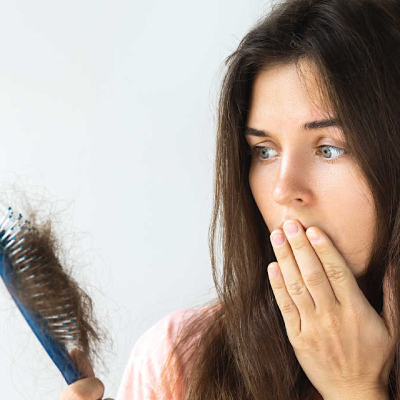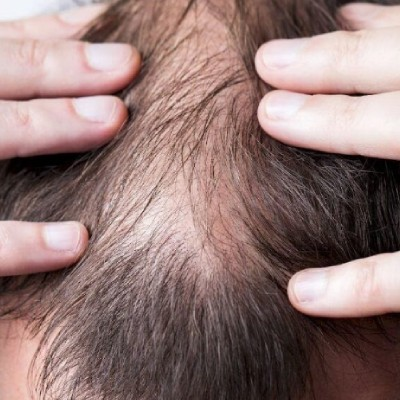Do you know that Hair growth is not a continuous process but it has three phases ?

30 December 2014

Hair Experts @ AHS

It’s essential to understand the hair growth cycle in order to recognize and understand many of the problems you can encounter with your hair. The hair growth cycle consists of three distinct stages – anagen, catagen and telogen.
Understanding the Hair Growth Cycle
It’s essential to understand the hair growth cycle to identify and manage the common problems associated with hair thinning, shedding, and hair loss. The hair growth cycle consists of three distinct phases – Anagen, Catagen, and Telogen.
1. Anagen Phase – The Growth Phase
This is the first and longest phase of the cycle. During the Anagen phase, hair grows actively at approximately 1.25 cm per month. This phase lasts anywhere between 2 to 6 years depending on genetics and health. At any given time, around 85–90% of the hair on your scalp is in the anagen phase.
Hair grows significantly in this stage, and the longer the phase, the longer your hair can grow.
2. Catagen Phase – The Transition Phase
The Catagen phase marks the end of active hair growth. It is a short transitional period lasting about 2–3 weeks. During this phase, the hair follicle shrinks and detaches from the blood supply, halting further hair production. The hair strand is now termed a "club hair" and prepares for shedding.
3. Telogen Phase – The Resting Phase
Once in the Telogen phase, the follicle remains dormant for 1–4 months. At this stage, the hair is eventually shed, and the follicle starts producing a new hair, re-entering the anagen phase. Around 10–15% of your hair is typically in this resting stage.
This natural shedding process results in normal hair loss, typically ranging from 50 to 100 hairs per day.
All Three Phases Occur Simultaneously
At any moment, each individual hair strand is in a different phase of the cycle. One may be actively growing, while another is resting or shedding. However, if a hair follicle is permanently damaged or destroyed, it can no longer produce new hair.
What Disrupts the Hair Growth Cycle?
Issues like hair thinning, abnormal shedding, or slowed growth arise when this cycle is disturbed. Common disruptors include:
- Hormonal or metabolic imbalances
- Illness or infections
- Restrictive dieting or poor nutrition
- High fever or severe physical stress
For example, telogen effluvium may occur approximately six weeks after a high fever or crash diet. It causes a large number of hairs to enter the telogen phase prematurely, resulting in noticeable hair fall. If this happens frequently or consistently, your hair may not grow as long as it used to due to shortened anagen phases.
Need Help with Hair Loss?
If you're struggling with hair loss problems, don’t wait! Contact Advanced Hair Studio to begin your personalized treatment and help you arrest your hair loss NOW!
Stay Updated
Subscribe to our email newsletter for helpful tips and valuable resourses
Be an influencer
Join forces with Advanced Hair Studio! Explore exciting collaboration opportunities tailored for influencers. Let's redefine haircare together.
Connect now












